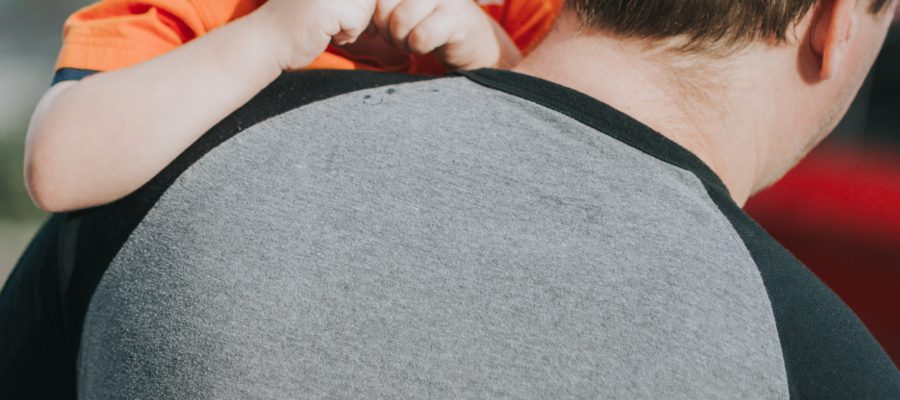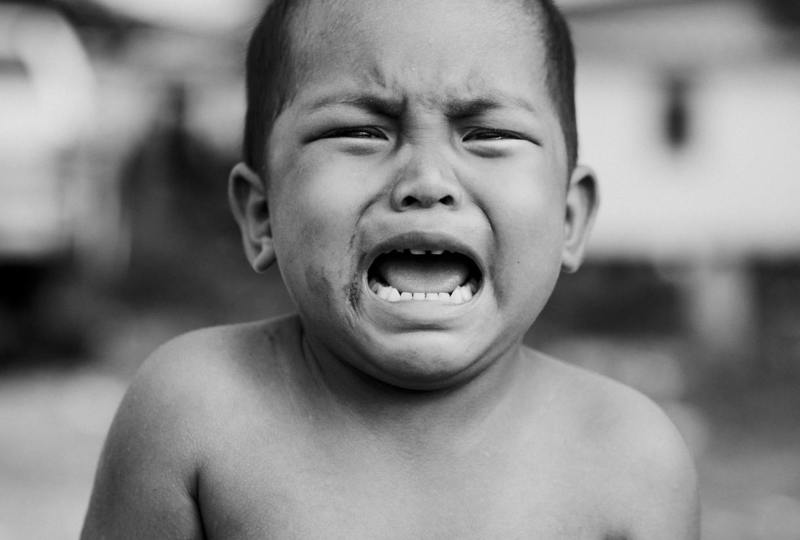
First Aid for Infants and Toddlers
Boo boo’s are the worst. Pretty sure both you and Bitsy can agree! But what happens if your little one experiences more than a scrape or bruise? As a mom, you always want to be prepared in case an emergency scenario arises, and being able to perform relatively first aid can help you feel a lot more in control of the situation! We always hope that the worst case scenario never occurs, but here’s what you can do if and when it does.

Build a First Aid Kit
Having a first aid kit on hand can prevent a lot of pain, trouble, and even the occasional emergency room trip! Make sure you keep the kit well stocked at all times, and in an easily accessible place. We suggest keeping one at home, one in the car, and if you travel often, a travel sized one in your suitcase or overnight bag!
Want to build your own? Grab a good sized box or container — we prefer the snap-top ones that are relatively flat. This makes them easy to slide in a cabinet, bag, or trunk. Consider slapping a first aid sticker on it to prevent any confusion in case someone else needs to grab it! Here’s what you need inside for the ultimate first aid kit for Bitsy:
- Antiseptic cleanser. When Bitsy has a wound, you’ll need this on hand to clean it out! This will rid the area of bacteria, and give the boo boo the best chance at successful healing.
- Antibacterial wipes. These are great for cleaning the area surrounding the wound, as well as your hands before you take care of Bitsy! Doing so will prevent infection.
- Bandages. This is probably the most obvious one! For basic cuts, scrapes, and minor bleeding, nothing fixes a boo boo quite like a bandaid!
- Liquid bandages. We love these for blisters, punctures, or anything where the skin has been lifted — it helps seal the wound!
- Antibiotic ointment. A cream like Neosporin will help a wound heal faster, and provide a protective coating as well.
- Gauze pads. These will come in handy if Bitsy gets a cut, scrape, or puncture that a bandaid won’t quite fix. Make sure you find the sterile gauze, and grab some on a roll as well as individually packaged!
- Tweezers. Toddlers are splinter magnets. Keep a pair of tweezers handy for when you need to fish one out!
- Antihistamine. Use in cases of poison ivy, poison oak, bug bites, or anything that causes an itchy rash!
- Pain reliever. Something like Tylenol will not only help relieve aches, but can also reduce a spiking fever!
- Thermometer. No first aid kit is complete without this!
- Eye wash. Bitsies can get into just about anything, especially when you’re not safe at home! Make sure you have an eye wash on hand to clean out any chemicals, debris, or other outside material from their eyes.
- Ice pack. We love the instant ice packs like this one! They really come through in a pinch!
Know These First Aid Skills
Every parent should have a basic knowledge of first aid for their infant and toddler — it will save you and Bitsy from a lot of scary situations! Here are a few to have in your arsenal:
Abdominal thrusts. You may know this one better as the Heimlich Maneuver. But however you may know it by, it’s important to know if Bitsy ever happens to choke. You can watch a how-to here.
CPR and infant CPR. CPR techniques are different for tiny humans — make sure you know CPR not only for an adult, but also a small child, and an infant. You can find classes at the Red Cross and get certified. There may come a day where you’ll be very glad you did.
Taking care of a wound. This may seem like a simple technique, but making sure a wound is well cleaned and bandaged will do wonders in staving off infection! Your pediatrician or healthcare provider can help teach you the best way to handle this.
Treating a burn. Knowing the difference between severity of burns and how to treat each and when to seek out medical assistance is imperative when little ones start exploring! You can read some tips on how to address them here.
Stopping severe bleeding. Mayo Clinic offers some information on handling severe bleeding here. It’s important to know how to triage your Bitsy before heading to the hospital.
When to call 911. This is the most important skill you can have, and one you should always discuss with your healthcare provider. They’ll be able to give you symptoms, warning signs, and general benchmarks of when it’s time to call for help instead of taking matters into your hands.
We know it’s a scary topic, Mama, but it’s so necessary when it comes to taking care of your infant or toddler! Plus, knowing some general first aid can make those moments a lot less scary for both of you! Be prepared, Mama, you’ve got this!
